What was the Transition from Online School Back to In Person School like, from Students’ Perspective?

Taylor Allderdice High School.
The 2020-21 school year was an anomaly in the history of education. Due to the Covid-19 pandemic, schools were forced to resort to the online world to help them navigate a new school year. Platforms like Microsoft Teams and Schoology found a way into the mainstream as students experienced a year unlike any other.
Pittsburgh Public Schools was determined to limit that to a “one-off”. After a summer of promises to keep schools open and in-person for five days a week, students at Allderdice re-entered the building. For some of them, it was their very first time walking inside.
“I like the front architecture,” one sophomore says. “I like how the columns are chipped, they add a nice aesthetic.”
“[Once I walked in] the building was very big and interesting.”
“It was crowded, kind of overwhelming, and I just wanted to get to class,” another one said.
A survey circulated around Allderdice students revealed that 71.4% of respondents spent the entire 2020-21 school year online, forcing many students to be thrown right back into the world of in-person without the experience of easing back in during the spring of 2021. But for even those who did return in the spring last year, the 2020-21 version of in-person, two days a week proved to be vastly different from this school year. 83.3% of respondents who returned during the spring last year said in-person this year was either somewhat different or very different from the in-person of that spring in 2021.
Despite the challenges many experienced in online learning, many students gave virtual learning positive marks. 71.4% of students gave it a 6 or higher on a scale from 1-10. Additionally, 64.3% of students also said that in-person school has been harder than online school. However, in an interesting development, 66.7% of respondents said that given the choice, they would rather be in person. Another 25% said they preferred a hybrid model.
In terms of transitioning back to a five-day-a-week, in-person schooling system, students generally either had a relatively easy or a difficult time. There was not much middle ground. 41.6% gave it a 3 or below on a 1-10 scale of difficulty, while the other 58.4% gave it a 6 or higher.
“Going back in person was much better,” a junior says. “Being online sucked, I hated it with a burning passion.”
When asked what the biggest change was from online to in-person, students had a variety of replies. Many mentioned the lack of sleep or the change in their daily routine. Some other answers included, “Less flexibility. Teachers seem stricter, we don’t get out of class early like we used to, not in the comfort of my own home etc.” Another added, “my social anxiety came back,” and “the lack of enjoyability.”
The few positive changes mentioned all revolved around students’ ability to see friends and peers again: “Being able to actually interact with people, I’d say that was a pretty big change.”
Students also had a variety of answers when asked what they would do to improve the transition and in-person school. The most popular answer was the reimplementation of “WIN Wednesdays”.
WIN Wednesdays, for those who are unfamiliar, were asynchronous days the district implemented during the second semester last year. The acronym “WIN” stood for “What I Need” Wednesdays. Students could catch up on work (or sleep) and limit the time spent staring at a computer screen.
The day also allowed students who needed extra help academically or support to “meet” with teachers or staff. The only scheduled call schoolwide that took place on those days was homeroom, and instead of it being at the usual 7:36 AM, it was at 10:45 AM.
Those days did not return for 2021-22, much to the dismay of students.
In an article featured in The Foreword in June of 2020, a poll showed that a clean sweep of 100% of students who responded enjoyed WIN Wednesdays, and 75% wanted them, or some form of them, to remain as part of the 2021-22 school year.
However, also in that poll was a question about how confident students were that Allderdice and/or Pittsburgh Public Schools could keep WIN Wednesdays in some form. Only 41% said they believed it was possible.
“WIN Wednesdays were a short respite from the stress and hustle of school, and it doesn’t feel the same without them,” a student says.
Another change came, as Allderdice moved homeroom from timeslot 1 to timeslot 3, sending students to their first class of the day, immediately after they entered the building.
Given all of the transportation issues that Pittsburgh Public Schools have struggled with this school year, many students complained that they were missing crucial class time from the transportation delays they were facing to get to school. Last week, teachers voted 87-29 to change it back to timeslot 1. The switchback began the day students returned from winter break, on January 3rd.
Several students mentioned Covid-19 safety concerns.
While there is a mask mandate in place in all Pittsburgh Public Schools buildings, students said they did not see the rule being properly or at all enforced.
“People don’t wear their masks over their noises,” a sophomore student added. “And especially in the lunch line when people don’t wear them, all close together, that could be a problem.”
The issues students have seen and reported are backed up by the numbers. On the Pittsburgh Public Schools Covid-19 dashboard, a total of 1,010 Covid cases have been recorded across the district during this school year, with 96 of those coming in the last 14 days prior to the winter break.
Albeit being one of the largest schools in the district, Allderdice leads all Pittsburgh Public Schools in total reported Covid cases since the school year began, with 59. Allderdice was also second in the entire district in the 14 day count prior to the winter break, with 9.
Principal Dr. McCoy disagreed with the assessment that the mask mandate was not being enforced. “I would disagree with that because we have procedures we have to do if a student is refusing to wear a mask. I think we have cases where students do pull their masks down at times when they shouldn’t, but they’re actually following the procedure.
“We don’t have many kids who are just flat out refusing to wear a mask,” he claimed.
Not every student agrees.
“People don’t understand how to properly wear their masks, or they just refuse to,” a junior says.. “And teachers barely reprimand people about them, and they just let [the students] do whatever they want, which definitely contributes to Covid cases, especially since not every student is vaccinated.”
When asked whether the mask mandate was working, McCoy added “I think it could be better, for sure, but I think it is working, and one thing I am happy about is we’re not really seeing spread between the cases in school.”
Despite the concerns students have mentioned about the school’s ability to contract trace efficiently, McCoy said that after some bumps in the road, Allderdice has not experienced too much trouble with contact tracing.
“I think it’s not just an Allderdice thing, I think they are doing the best they could,” a junior said about the process. “It’s hard for any school to contact trace because [the people who are] sick can interact with anyone outside class anyway.”
Alex Kiger is a Senior at Pittsburgh Allderdice High School. He is the Sports Editor at The Foreword from 2021 to 2023. In his free time he can often be...
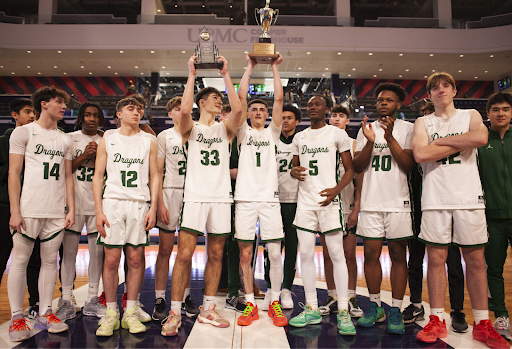


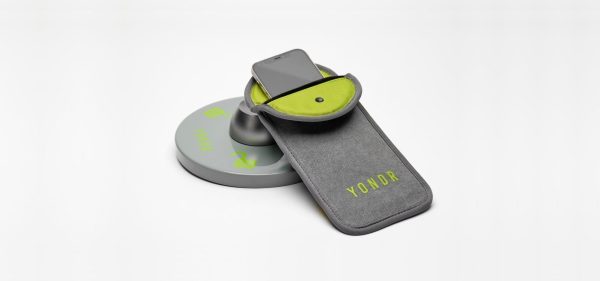


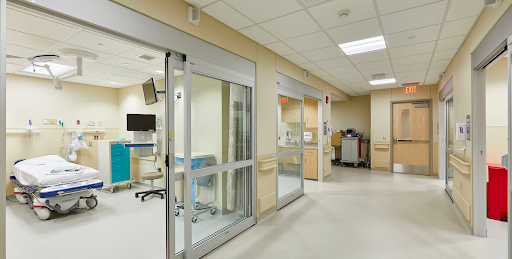


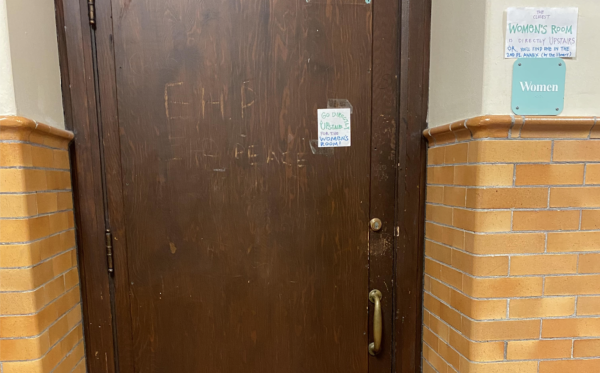

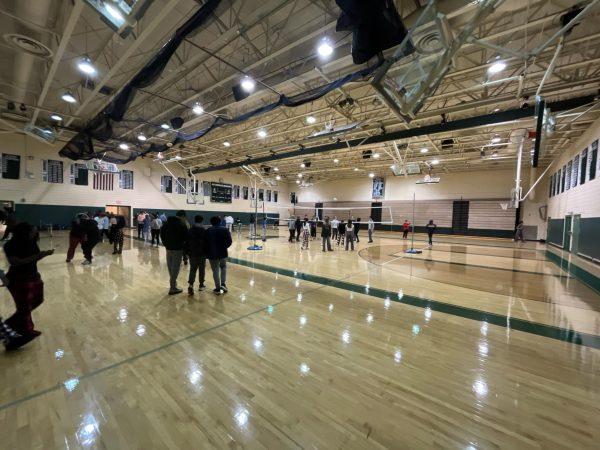

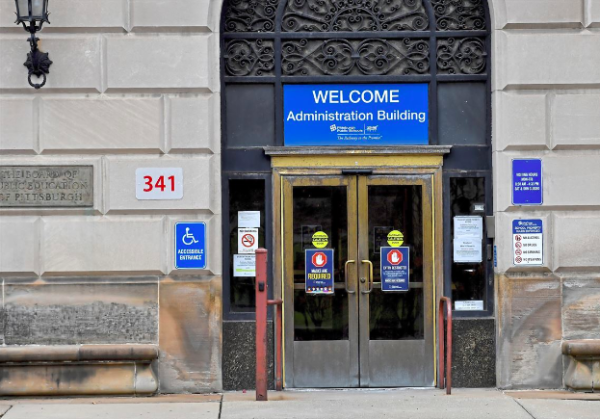
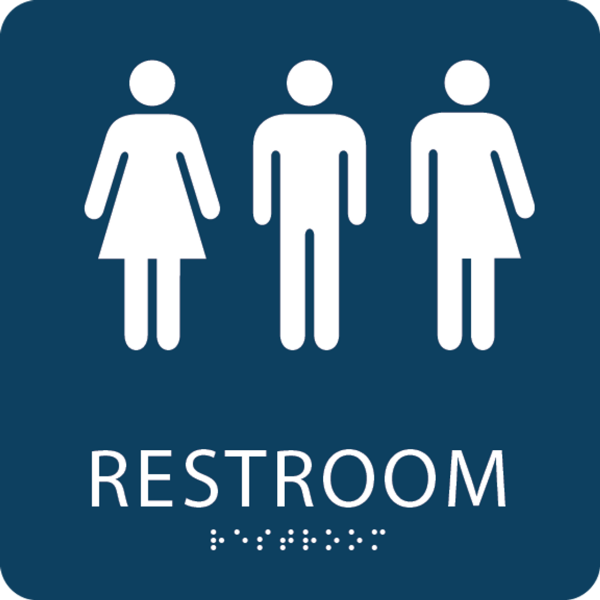
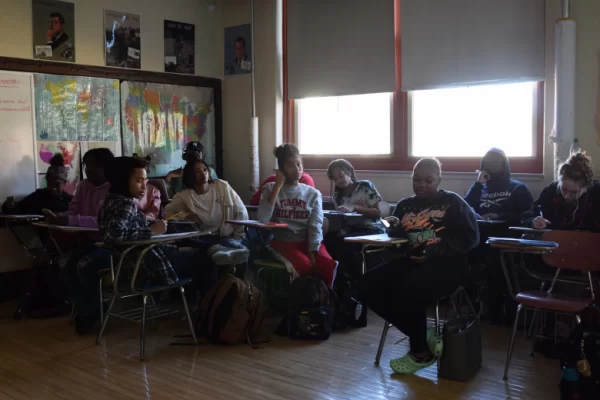

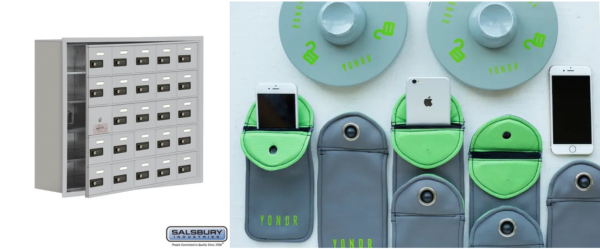
Pavel A. Marin • Jan 5, 2022 at 9:31 am
Great article, Alex!
Wonderful comments!